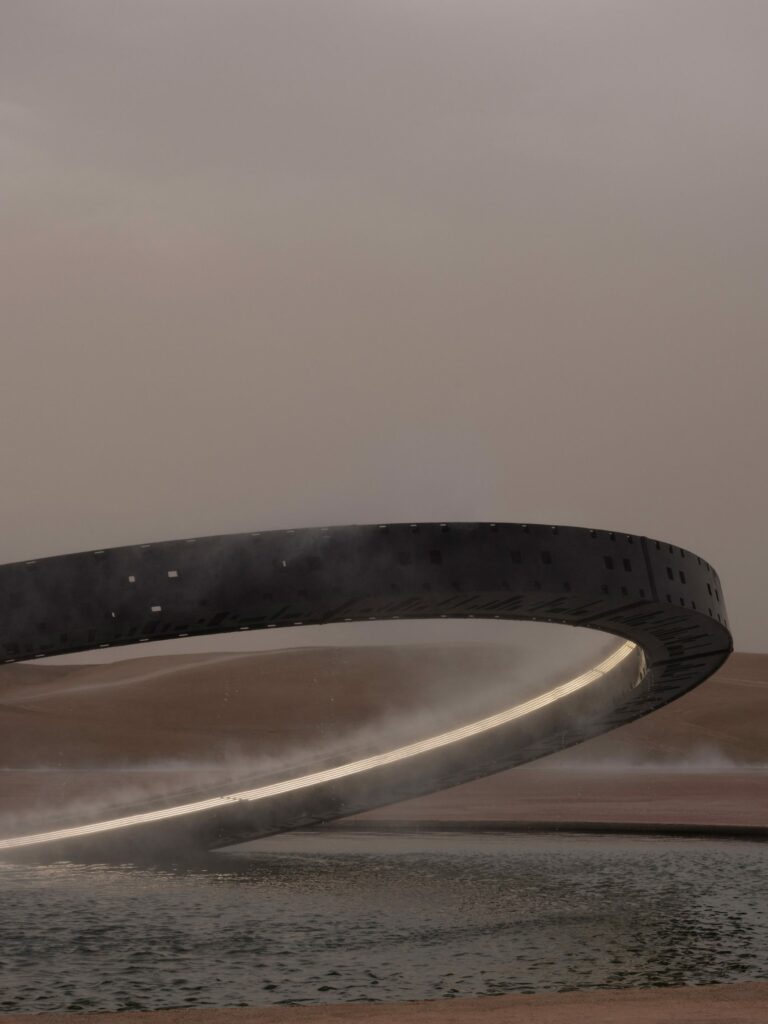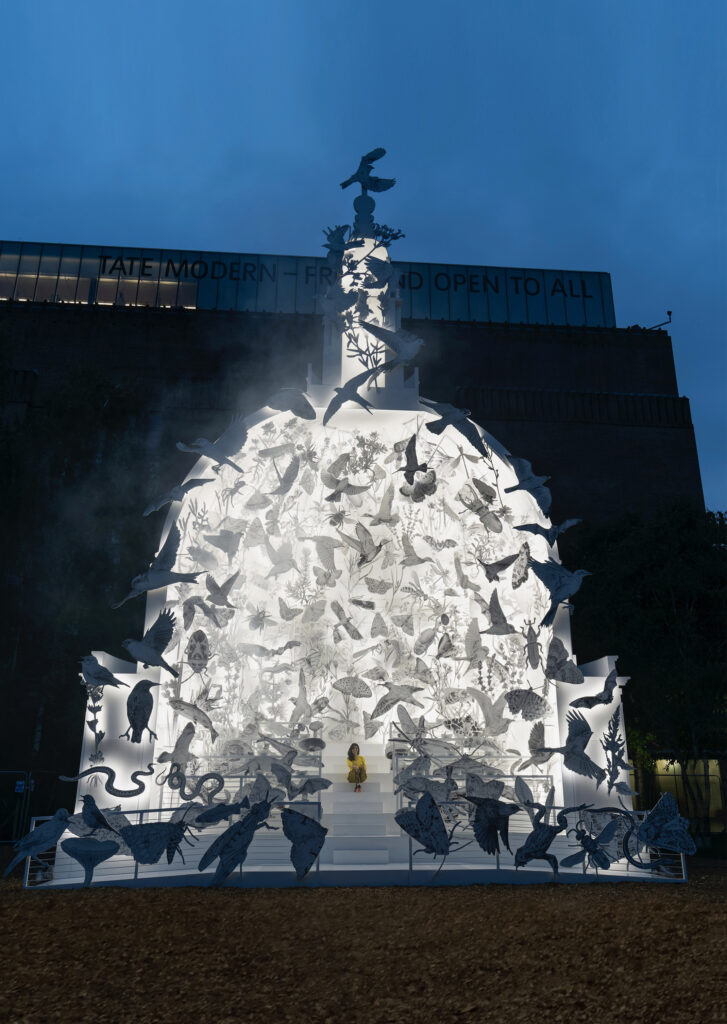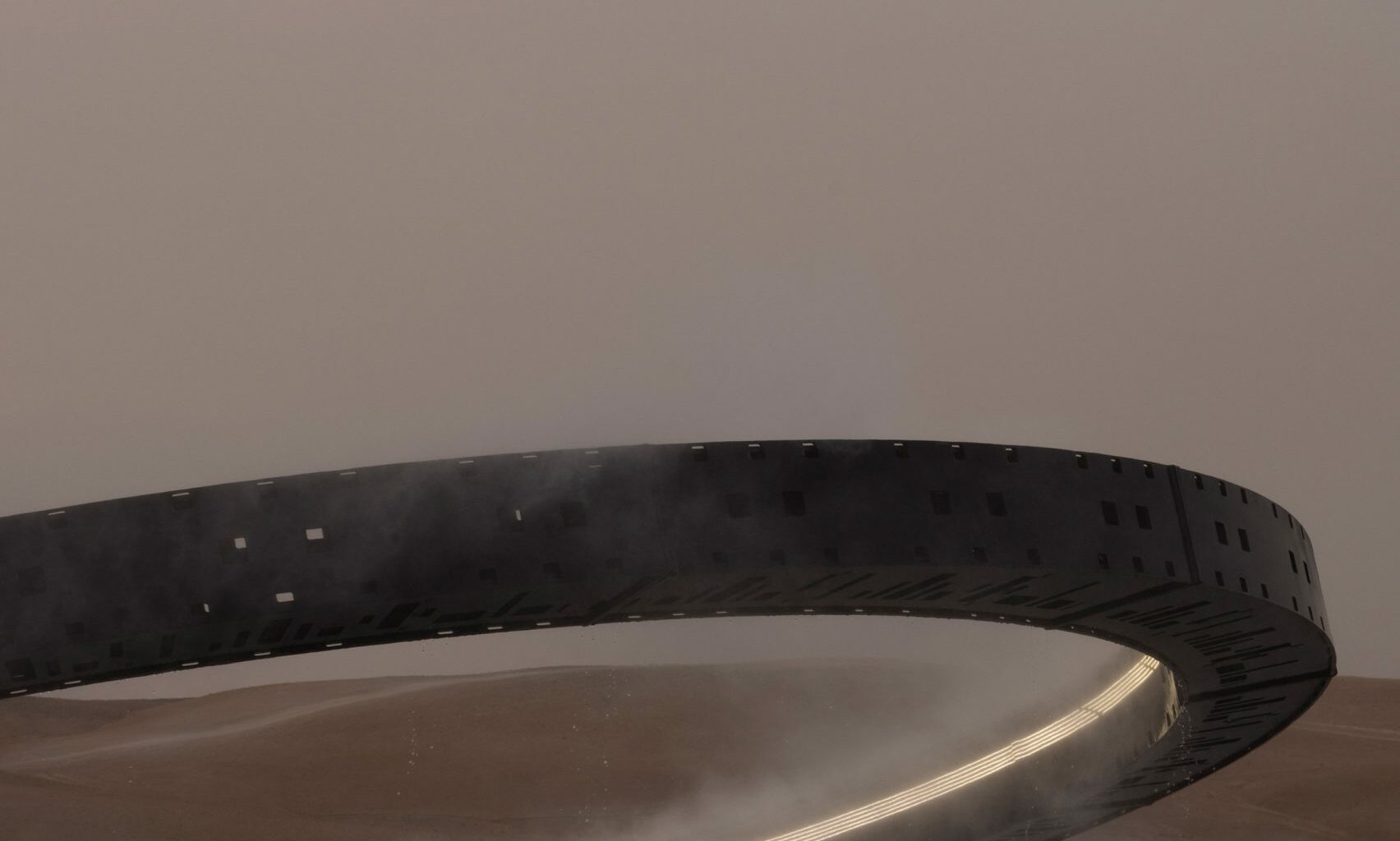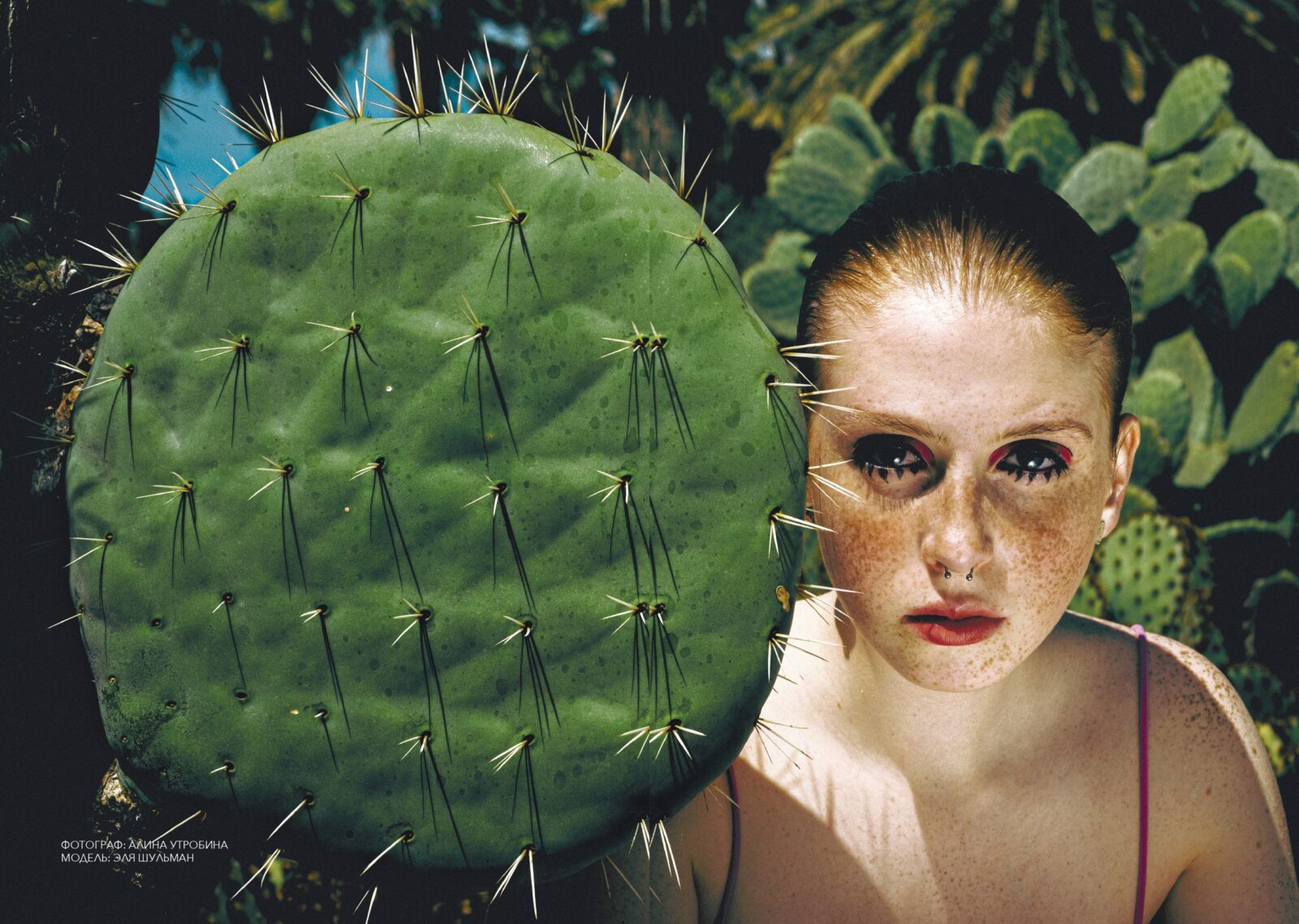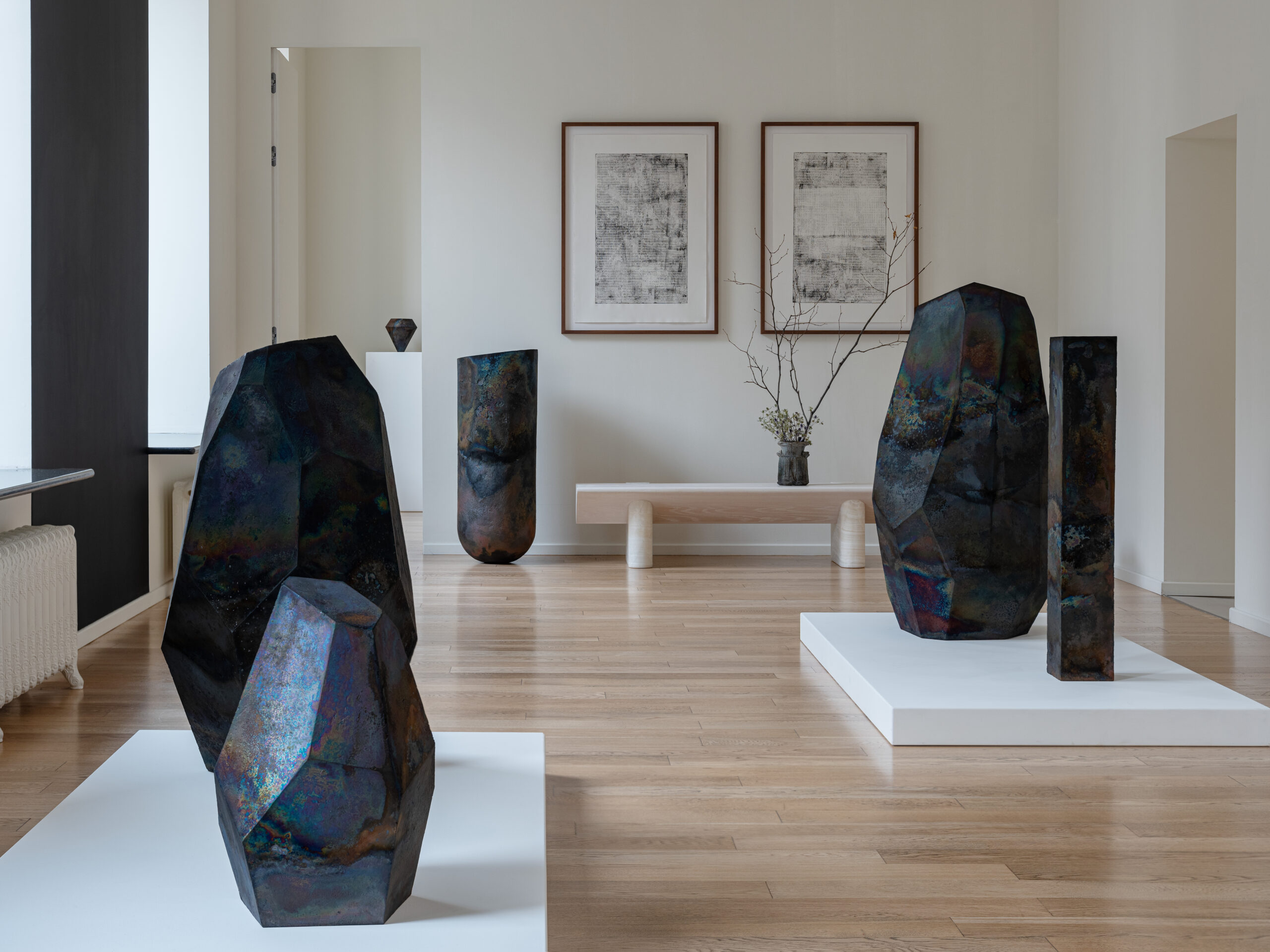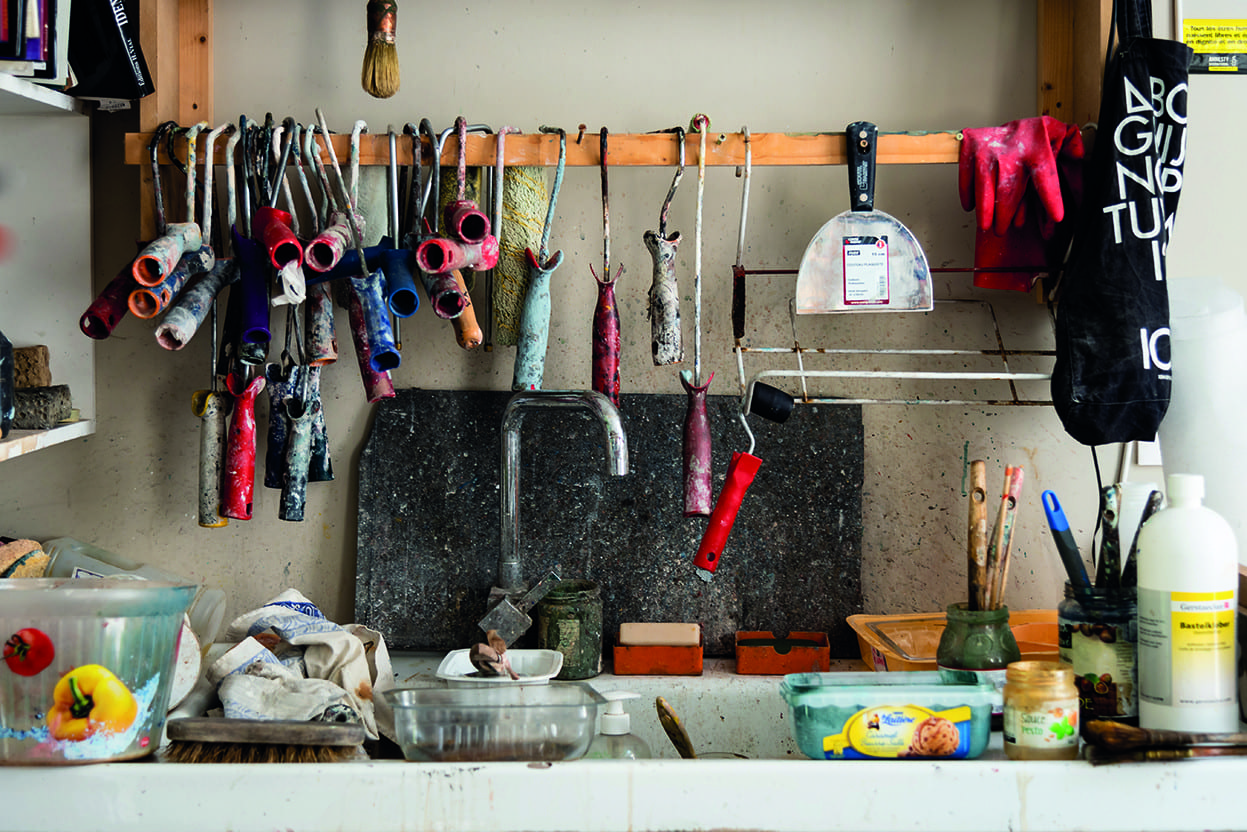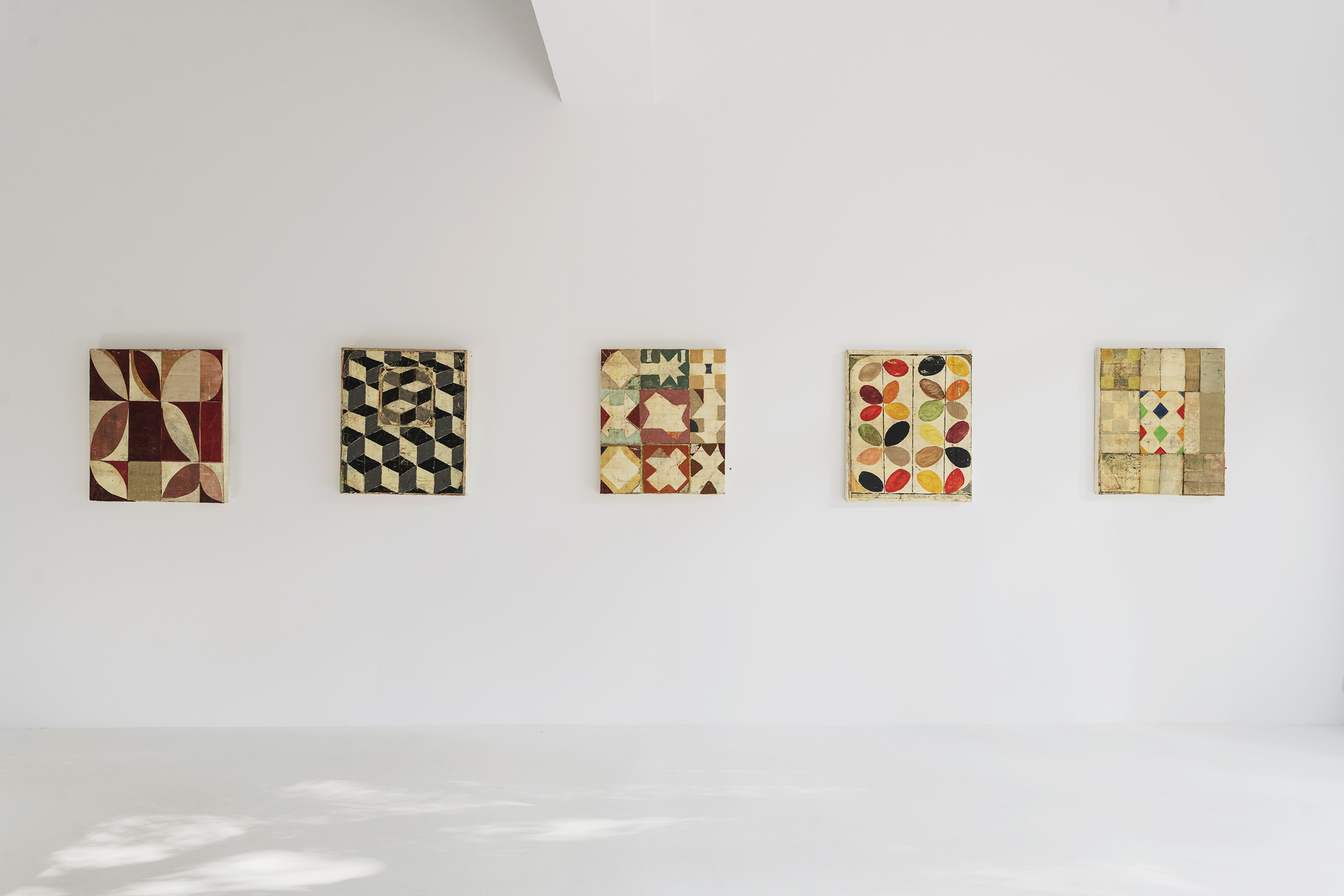Artist Es Devlin creates large-scale installations and stage sculptures that combine light, music and language in order to elicit emotional response and perspective shift in the minds of her audience. The Imperial War Museum commission, I Saw the World End (2020) invited viewers to engage simultaneously with opposing perspectives while the monumental 360 degree sculpture Memory Palace (2019) mapped shifts in human perspective over 73 millennia as a reminder that we have achieved profound alterations in our behaviour and mindset in the past, and we can do so once again in response to the threat of extinction.
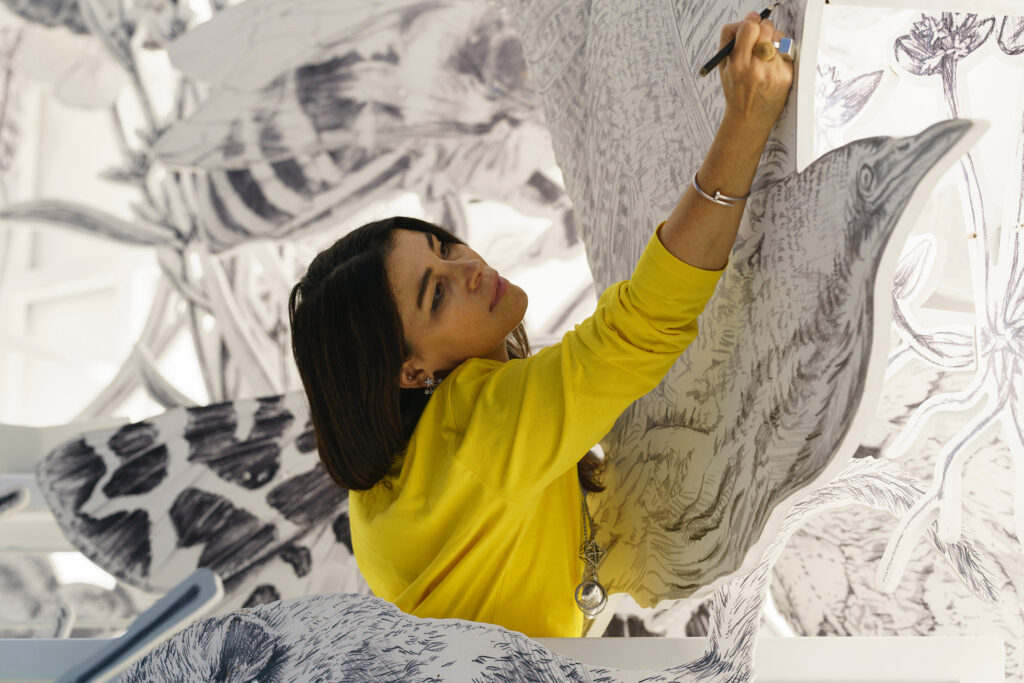
Often you work in large scales – why is that?
I am not sure why I was initially drawn to work at a large scale. I guess it was instinctive, driven by escape velocity to progress as fast and as far as I could in every direction. But my instinct now, is that , to use Arthur Miller’s phrase from ‘The Crucible’, “Theses are sharp times” and there’s an urgency to reach the public and to encourage perspective shift and behavioural shift on a mass scale, and because I have been working with large scale audiences for 2 decades I feel in a way equipped for the task.
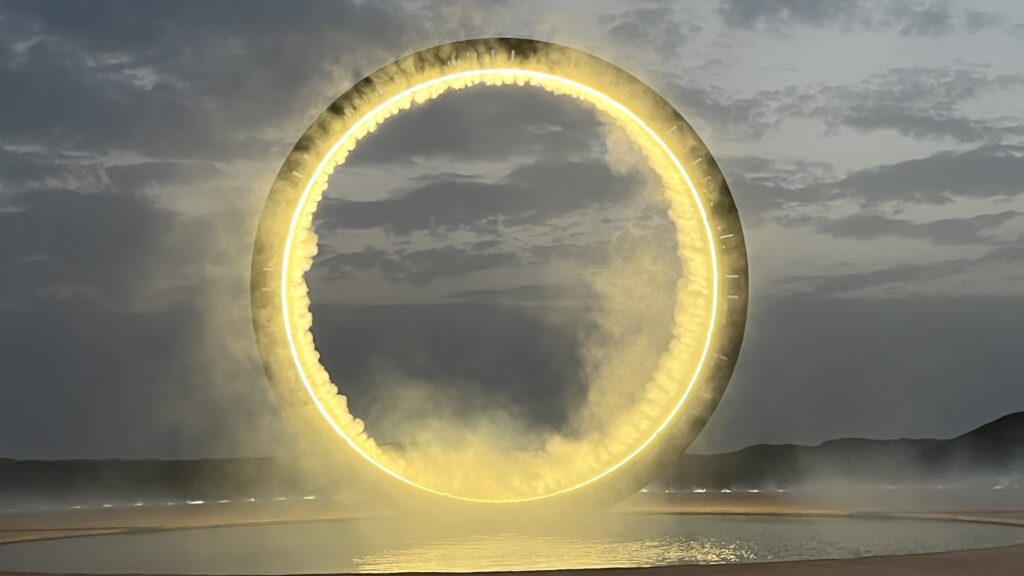
What can Es tell us about her own career, how did she come to do what she does?
I grew up in 80s Britain , listening to Margaret Thatcher’s “there is no such thing as society, only the individual”, and my reading now is largely “there is no such thing as the individual: we are all interconnect within the network of the biosphere”. I have made my career choices instinctively and I think in retrospect it has broadly been a trajectory that’s lead me through collective work and study of the audience , from the first statement to the second.
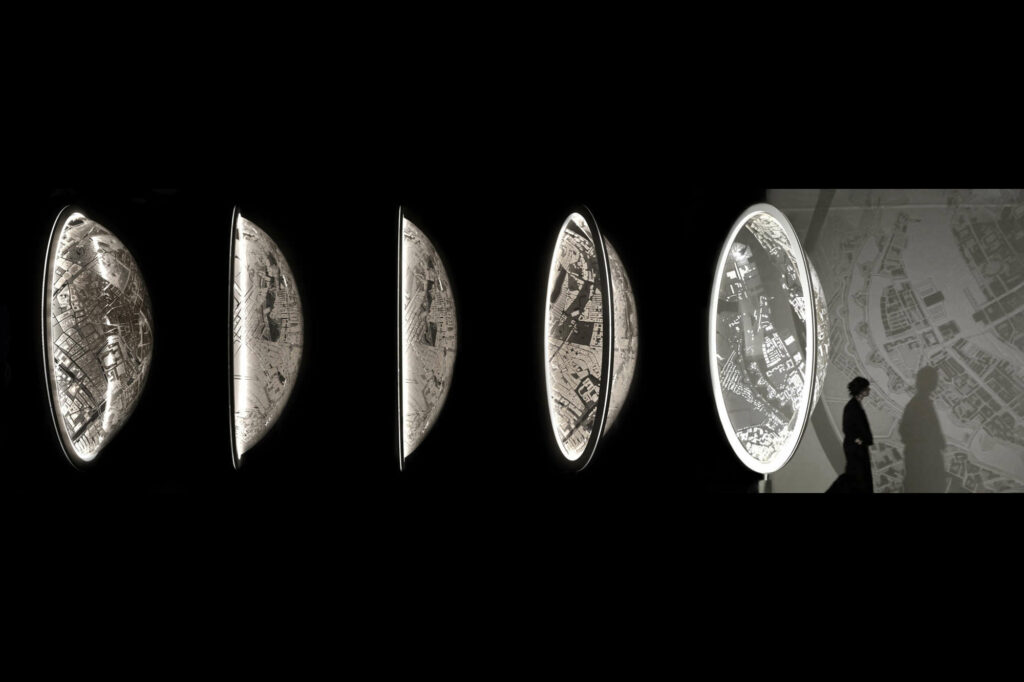
What does the intertwining of art and set design mean to Es?
I played musical instruments as a child and I always found the way an instrument looked and how it sounded to be equally important and inseparable. I think in a way, whether set design or art works, I have always been designing instruments, usually musical, or sometime textual, instruments that resonate music or text or ideas. I think that is the daunting thing—but also an opportunity. Having developed a practice which, for the past 20 years, has been responding to primary texts (whether those texts are Shakespeare, opera libretti, or more contemporary texts like a pop song) about eight years ago, in 2016, I had the opportunity to write, and design for, my own text. Interestingly the processes are not so different. Because the practice has always been creating environments for ritual, what I've tended to do in the work that I’m now authoring is to still make the ritual, but just draw the threads together myself. A lot of the text is still drawn from primary texts, from those who I admire, who I read who I would like to communicate more broadly (Joanna Macy, David Abrams, Timothy Morton, Rebecca Solnit etc.), but I’m selecting my own collage of those texts, my own synthesis from work I I think it is incredibly important. I do the same with music, so the ritual becomes a concert of voices—Bulgarian folk songs, African folk songs, some sacred music.
Every time I tried to make a piece that was not the total ritual artwork I felt somewhat unsatisfied. So, the process is still trying to achieve what I feel when I’m in a stadium of 100,000 people, or a theatre, or a concert—where I often feel that I’m part of a temporary community, a sort of rehearsal society—but trying to take that energy out into the planet, where more elements of it can be more precisely crafted to what I feel is most urgent to say.
